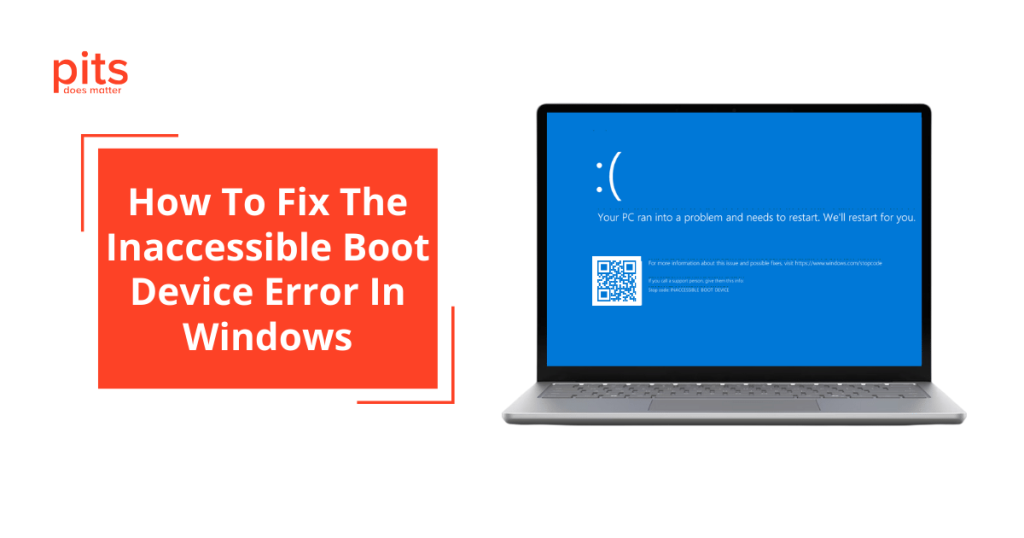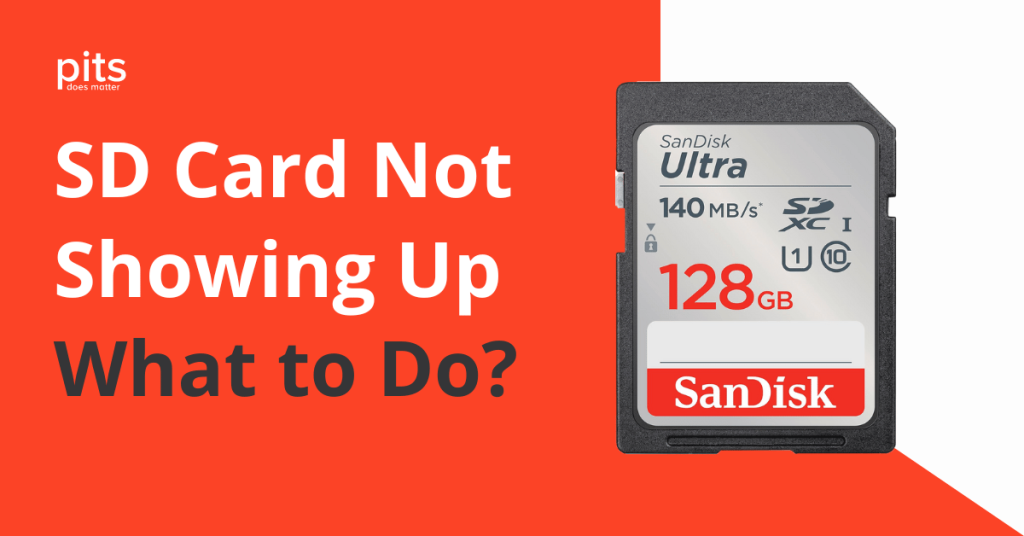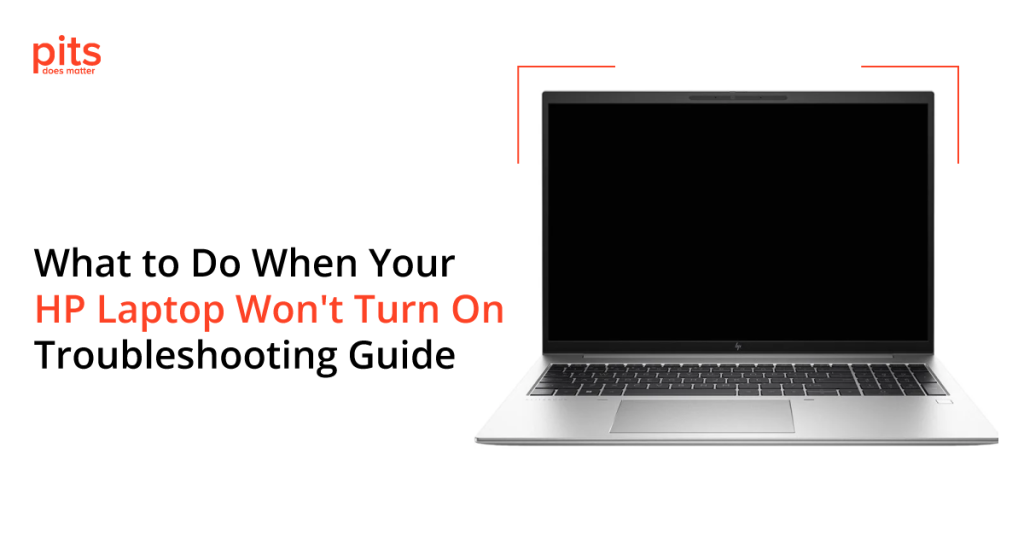External hard drives are commonly chosen for storing and backing up essential data. Seagate is a leading computer storage product manufacturer, offering a range of reliable and effective external hard drives. Nevertheless, users may need help with their Seagate external hard drive not appearing on their computer. This guide will explore the potential causes of this issue and provide solutions.
Causes of Seagate External Hard Drive Not Showing
Encountering hard disk failure may render files inaccessible, pointing to device issues. It is common to face data loss with portable external hard disks. Acting swiftly on hard disk problems is vital to lower the risk of data loss. Recognising warning signs such as strange noises, reduced performance, or frequent system crashes can help avert more severe complications. There can be various reasons why your Seagate external hard drive needs to show up on your computer. Some of the common causes may include:
- Issues with USB Port: The USB port you’re using may not work properly, possibly due to damage or a loose connection.
- Outdated Drivers: Outdated drivers can stop your computer from detecting the external hard drive. Keeping your system’s drivers updated is crucial.
- File System Damage: If the hard drive’s file system is corrupted, it may not be visible on your computer.
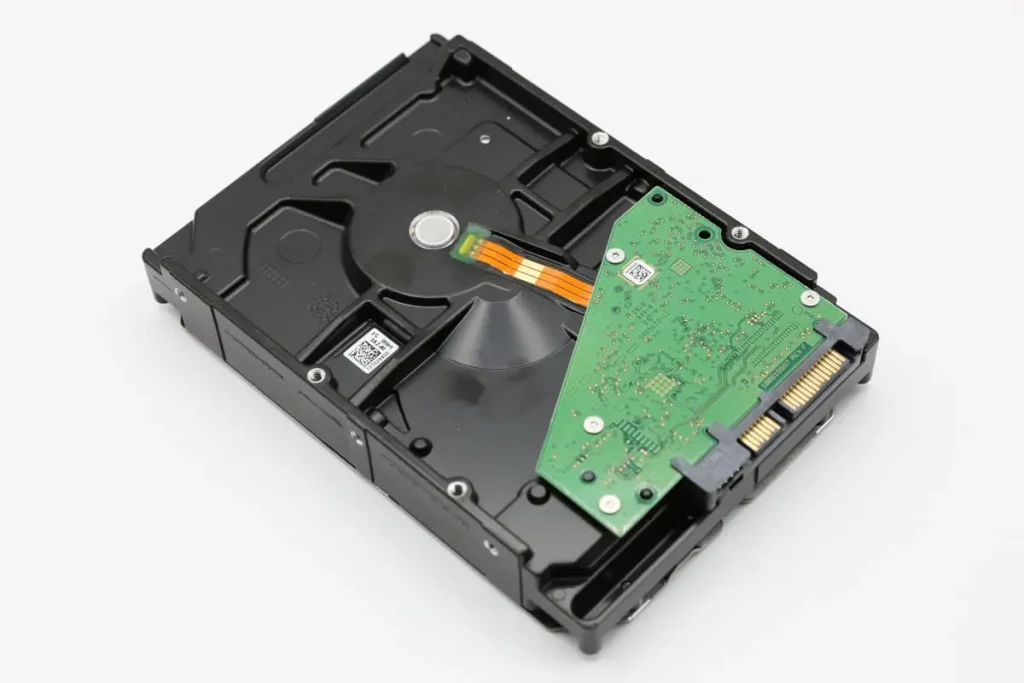
- Partition Problems: Improper partitioning or formatting of the drive can make it invisible. An unpartitioned drive or one with corrupted partitions won’t appear on the OS.
- Inadequate Power Supply: External hard drives need specific electrical power to function. The drive may go undetected if the USB port supplies more power.
- Hardware Issues: Physical damage to the hard disk drive itself can cause it to be unrecognised by your computer.
Seagate External Hard Drive is Not Showing up on Windows 10
If your Seagate external hard drive isn’t showing up on Windows 10, try these troubleshooting steps to fix it:
Seagate External Hard Drive Not Showing up Mac
If you are encountering problems with your Seagate external hard drive not being detected by your Mac, rest assured that you are not alone in facing this issue. This part of the guide will provide step-by-step solutions tailored to Mac operating systems. Follow these troubleshooting steps to get your Seagate hard drive up and running smoothly on your Mac.
Seagate external hard drives are dependable, but users might face situations where the drives are not detected by Windows 10 or Mac systems.
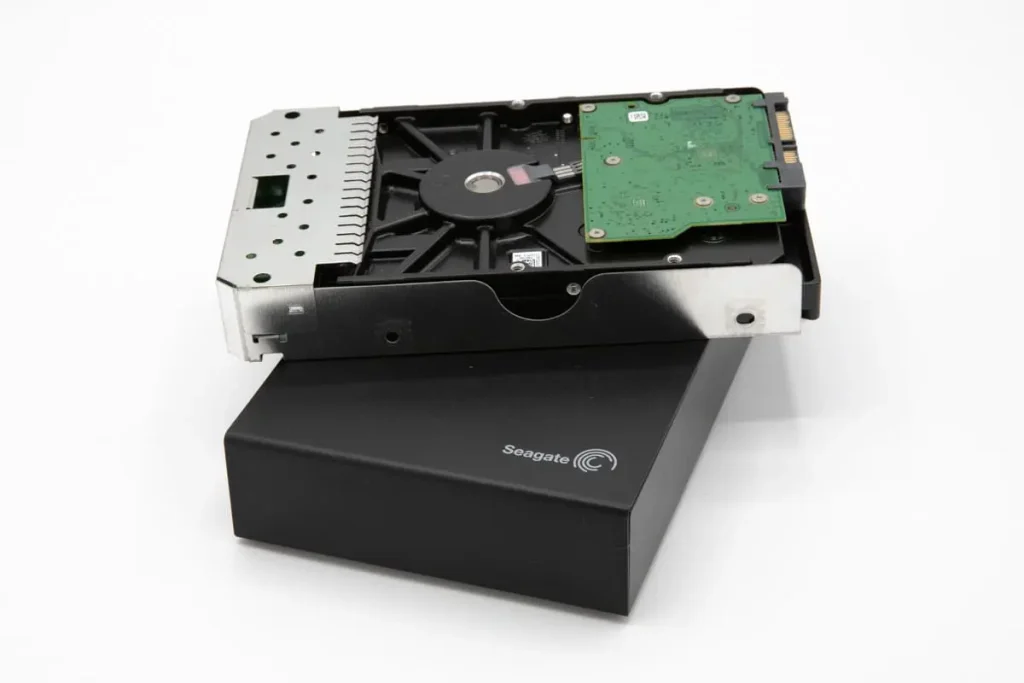
Yet, some problems could be too complex for simple solutions and may necessitate the skills of data recovery experts.
If other options for data recovery prove ineffective, or if there are concerns about potential additional data loss due to the issue’s complexity, seeking help from a trusted data recovery service is strongly recommended.
With various recovery options tailored for Seagate hard drives, PITS Global Data Recovery Services possesses the knowledge and tools to retrieve your valuable data efficiently and securely. Please contact our dedicated customer service team today for comprehensive support and expert advice on your Seagate external hard drive.
FAQ - Seagate Hard Drive Not Showing
What should I do if my Seagate external hard drive is not recognised by Windows 10?
Check your connections, update the drivers via Device Manager, and check the Disk Management settings to assign a new drive letter. If issues persist, try a different USB port or computer.
Why is my Seagate internal hard drive not showing up?
There could be several reasons for this issue, such as a faulty connection or cable, driver issues, or compatibility problems with the file system. Troubleshoot by checking connections, updating drivers and software, and trying different ports or computers. If these solutions don’t work, consider seeking professional help.
What can cause a Seagate external hard drive to fail?
External hard drive failures may stem from physical damage, overheating, outdated drivers, corrupted files, or compatibility issues with the operating system.
How often should I back up data on my Seagate external hard drive?
It is recommended to back up important data regularly. The frequency should be based on how often the data changes; consider backing up daily for critical data.
Why is my Seagate external hard disk drive slow, and how can I fix it?
A slow hard drive may result from a full drive, fragmented files, or USB port issues. Try deleting unnecessary files, defragmenting the drive if it’s an HDD, or using a different USB port.
Why is my external hard drive showing nothing?
There could be various reasons why your external hard drive shows no data. It could be due to corrupt files, compatibility issues, or physical damage. If troubleshooting doesn’t fix it, seek professional help from a data recovery service if the drive isn’t properly connected or recognized by the operating system.

